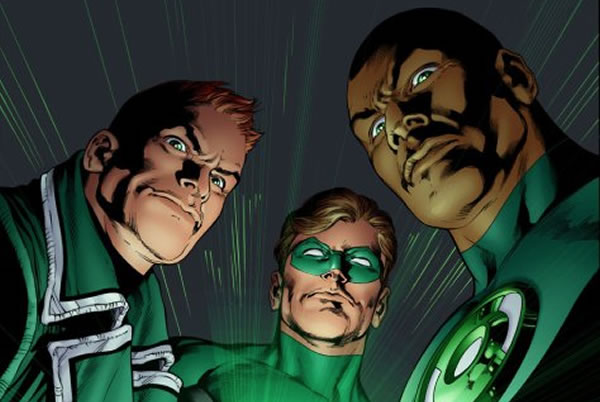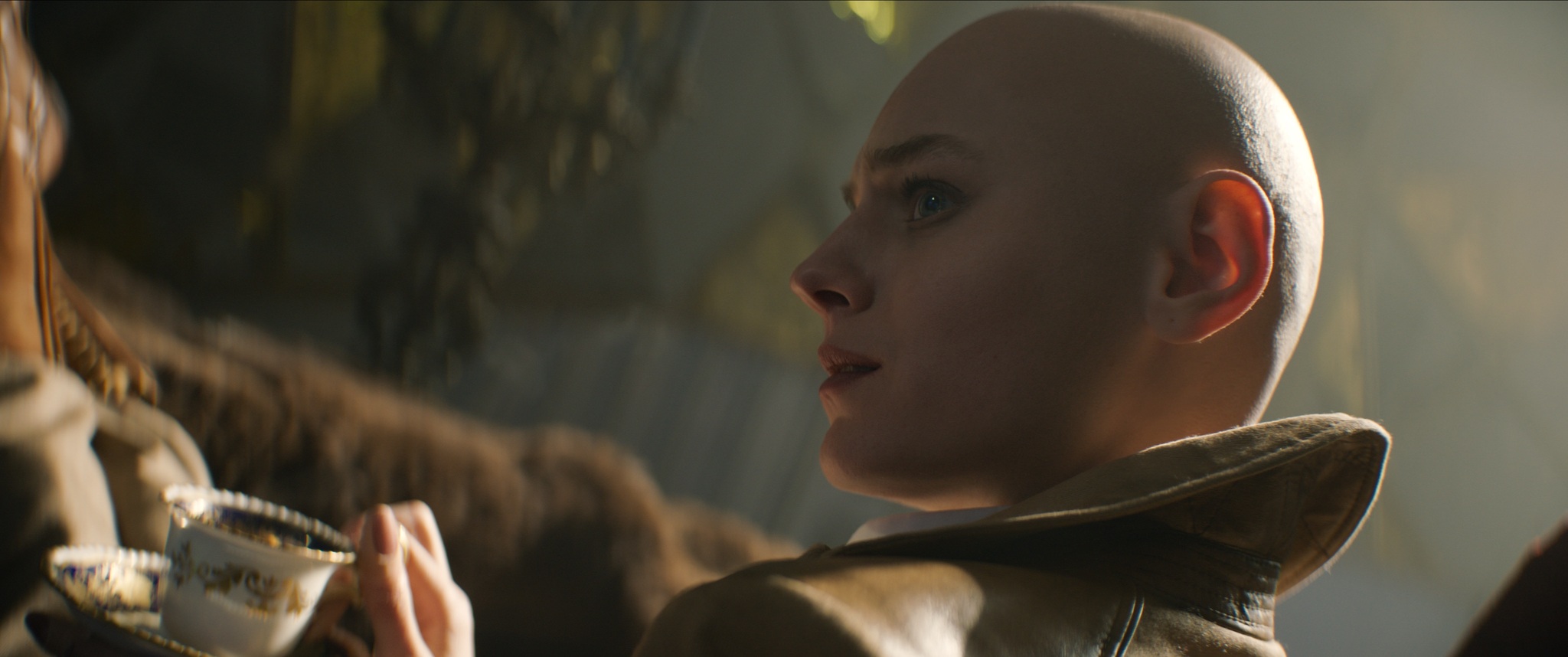It came as a surprise to casual Marvel fans several years back when Scott Lang was announced as Ant-Man in Marvel Studios’ movie adaptation. The original scientist to put on the ant suit, Hank Pym, was pushed to the background as an aged Michael Douglas, more pivotal in offering guidance than fighting crime himself.
In the comics, Pym was a founding member of the Avengers, who suggested the idea that they form a global defense program to halt evil in its tracks, while showing off their superhero prowess and skill-set during each mission. He was crucial in the creation of both Ultron and Wasp. However, for every good deed that he performed, Pym traveled with a Goliath-sized baggage bulging with the repugnant stigma that dogged the character.
Therefore, Ant-Man successor Scott Lang was the safest (and best) choice for the movie adaptation, especially under the leering, money famished shadow of Mickey Mouse.
Hank Pym Is A Dick
Early in the original Avengers run, it’s pretty apparent that Pym suffers from a serious case of short man syndrome. Napoleon Bonaparte had the same thing (thus the expression Napoleon Complex), nearly conquering all of Europe to overcome his insecurity (or so the myth goes). Pym doesn’t quite ascend those heights, but he does create an assortment of different colored tights to accompany a smorgasbord of different identities. He’s intimidated by the strength of other supers on the team; each time he’s self-conscience, he adapts another mantle of a different alias.
Someone should have told Pym the whole “shoe size” thing was a myth. Most of his new titles refer to being large. Giant Man and Goliath are soon introduced to the Avengers fold. It’s not how big your power is… its how you use that power.
Yellowjacket is likely the most notorious variation of Ant-Man that we will get to later.
The schizophrenia is explored in various storylines: during Avengers Annual #3, Janet refuses to choose an identity after Pym’s personalities splits into separate entities. Instead, Pym pulls A Beautiful Mind twist, absorbing all of his mental fragments and accepting himself as a flawed scientist.
For an Oscar movie, this would be stellar.
For a Disney movie intent on selling loads of Ant-Man merch by the Mickey Mouse engraved wheel barrow… not so much.
The Black-Eye Of Pym’s Yellowjacket History
I’m pretty sure there’s a rule in the Disney handbook that states: “you can’t make a hero a former woman beater.”
After some spilt chemicals completely strips Hank Pym of any inhibitions, he adapts the Yellowjacket monikor — an unpredictable and often violent hedonist. As he grows more erratic, he physically projects his lunacy on Janet’s fashionable bod. As well as smacking her when she threatens to reveal his plan of building a robot to attack the Avengers that only he can short-circuit, he pinches a nerve in her neck to knock her unconscious in Avengers #59 and grows impatient with her various outfits, incinerating a selection with his stingers. Janet proves to be as kinky as she is air-headed in this arc; she quickly elopes with the abusive superhero, marking the only time she has ever wed Hank Pym in the comics.
The first Ant-Man movie quickly erased the Yellowjacket-era from the MCU. They fused the character with Darren Cross, a former Ant-Man baddie who had a heart condition that required experimentation, resulting in his circulatory system to become inflamed and mutate his body into the Elephant Man.
We’re happy the film creators ditched this look.
The exclamation of “I’m not a yellowjacket, I’m a human being” was fortunately left on the cutting room floor.
A More Relatable Character
In the early days of Tales to Astonish, Janet is a rich socialite who loathes books and science. I’m not being sexist here; this is how the clearly feminist writers of the period portrayed superheroines. Pym usually waves off her sexual advances, referring to her as childish (she’s in her teens when she falls head-over-heels for her boorish counterpart) and a halfwit (she definitely has her moments). Ant-Man is so rigid that Marvel creatives were forced to throw his mental state in a blender, serving a smoothie of identity crisis.
On the other hand, Scott Lang is a single father who only wants to protect his young daughter Cassie. Lang is a reformed criminal — a twist on the genre at the time, since everyone’s track record was as polished as Captain America’s moral compass. Lang doesn’t want to return to his stealing ways, but his daughter’s waning health forces his hand, creating a conflicted character that proved more endearing than an insecure scientist. Providing Lang with a sense of humor helped; watching Pym try to interact with Falcon during their rooftop battle would be cringe-worthy, and possibly dangerous if his mental fragility happened to shatter that day.
Lang’s Presence Traces Back To An Iconic Comic Book Moment
As a true expert of Marvel history, MCU President Kevin Feige prides himself in duplicating images from the comic book panel to the big screen. Frame-by-frame examples between comics and the movies include Captain America punching Hitler in the face and the iconic Iron Man pose from #76. So, it’s a no-brainer he’d want to keep the tradition going with Ant-Man.
The most iconic image of Ant-Man is the cover of #223 — a moment that Feige copy-and-pasted to Captain America: Civil War. The illustration gracing the issue shows Lang straddling Hawkeye’s arrow. The comic has a fun story about the duo trying to stop Taskmaster at a local carnival. In order for Scott to get somewhere fast, he enlists his superhero partner to fire him from one of his arrows, utilizing the weapon as a body catapult.
The comic ends with Scott forgetting that he left his daughter on a roller coaster, where he paid the carnie a chunk of change to let her ride until he was finished with his crime fighting. Feeling the guilt that any irresponsible parent would experience if they let their kid’s noggin get rattled around for several hours, likely leading to the mental issues that Hank Pym suffered from, he apologizes to Cassie, but she rebuttals that she wants to ride it again.
He breaks the fourth wall, shrugs, and says “kids.”
It’s this kind of humor that works perfectly with the MCU.
Pym would probably have a mental breakdown and transfer his daughter’s consciousness to make Ultron’s bride, which actually happened with the Wasp. Scott’s tongue-in-cheek, light-hearted nature isn’t the superhero the MCU deserves; he’s the Disney formulaic Ant-Man they needed.
Don’t forget to share this post on your Facebook wall and with your Twitter followers! Just hit the buttons on the top of this page.

 FOR FANBOYS, BY FANBOYS
Have you checked out LRM Online’s official podcasts and videos on The Genreverse Podcast Network? Available on YouTube and all your favorite podcast apps, This multimedia empire includes The Daily CoG, Breaking Geek Radio: The Podcast, GeekScholars Movie News, Anime-Versal Review Podcast, and our Star Wars dedicated podcast The Cantina. Check it out by listening on all your favorite podcast apps, or watching on YouTube!
Subscribe on: Apple Podcasts | Spotify | SoundCloud | Stitcher | Google Play
FOR FANBOYS, BY FANBOYS
Have you checked out LRM Online’s official podcasts and videos on The Genreverse Podcast Network? Available on YouTube and all your favorite podcast apps, This multimedia empire includes The Daily CoG, Breaking Geek Radio: The Podcast, GeekScholars Movie News, Anime-Versal Review Podcast, and our Star Wars dedicated podcast The Cantina. Check it out by listening on all your favorite podcast apps, or watching on YouTube!
Subscribe on: Apple Podcasts | Spotify | SoundCloud | Stitcher | Google Play








